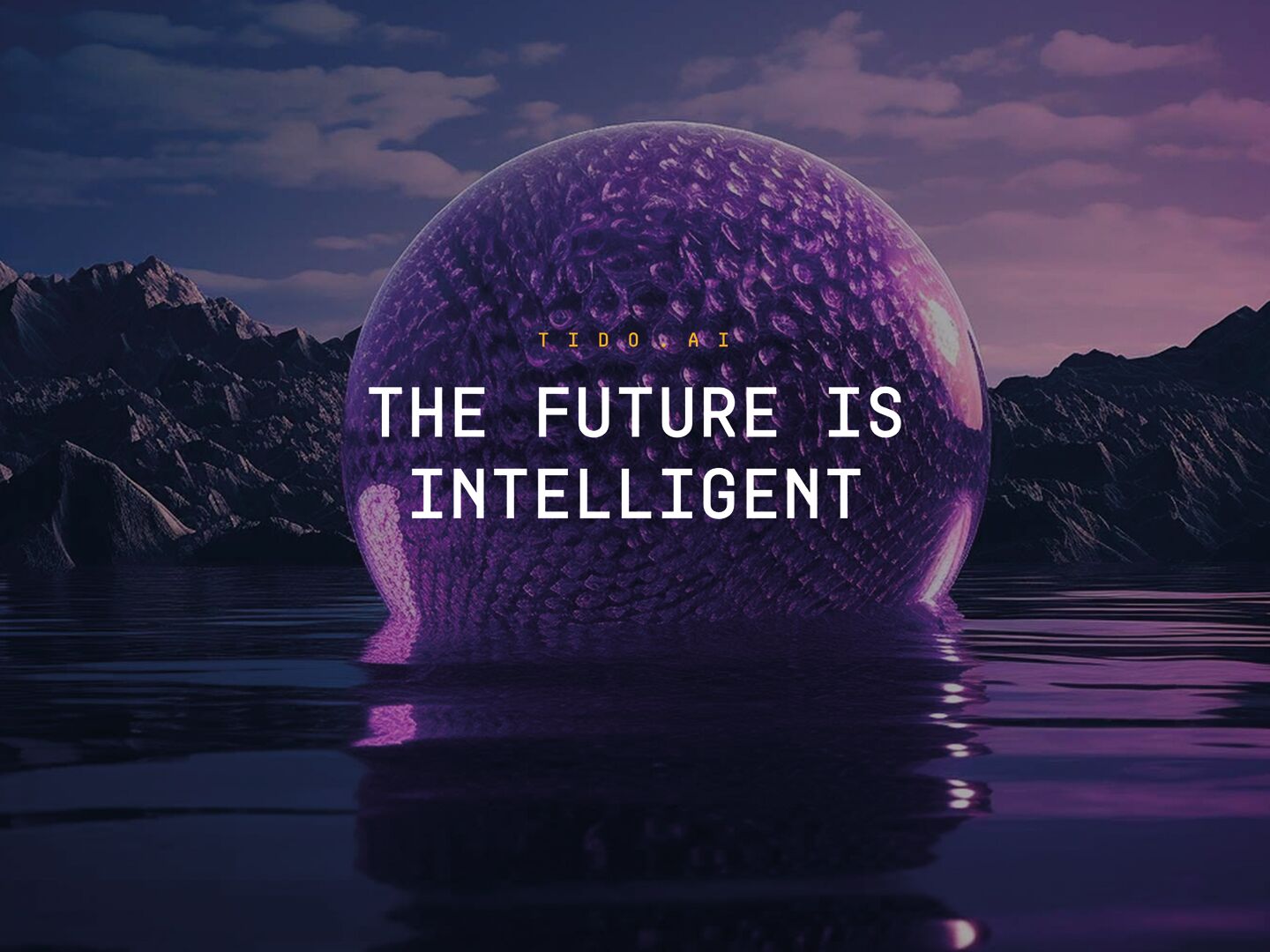
Diversity marketing. What color is rice actually?
An article by Mercedes Senderowicz- 6 min reading time
Products and services are interchangeable, whether this mobile provider or that one; this dishwashing app or another, often doesn't matter at all anymore. We have to stand out through the brand in order to be unique and to satisfy an emotional need instead of a factual one. Because in the best case, people should enter into a long-term relationship with the brand.
About people and brands - a relationship
As soon as it comes to serious relationships, we are cautious and look more and more behind the facade. Many question appearance, values, attitudes toward life. This also applies to brands: what values does the brand represent, is it authentic, is it sustainability or greenwashing, is it an honest sense of justice or virtue signaling? And the most important question: does it fit the person in question?
Most people want to feel understood and heard in a relationship. They want to share a reality of life and views need to match.
And there it is! The curveball on diversity marketing. Because in order for me to feel understood, I need to feel seen, I need to be able to identify with the marketing messages. And for that to work, the brand has to represent me (here, "me" stands for all kinds of people in all their colorful facets).
Diversity is a question of perspective. It's NOT about target groups, personas or the perfect template for diversity, it's about diverse employees and seeing the world from a different perspective.
The rice is hot
In 2021, Mars Incorporated rebranded a rice brand we all know. Uncle Ben's rice became Ben's Original. Other brands also took this step to distance themselves from spreading racist stereotypes. Among them, the syrup brand Aunt Jemima's, little known in Germany.
The discussions around this were hot and because of my own community and profession, I was suddenly in the middle of it. And as varied as the comments, were my reactions.
"That's nonsense to change that. It's just `a traditional brand." - Um, well other traditional brands have changed too....
"Well, I think it's good. What does rice have to do with black people?" - What?
"I don't get it. Isn't it all the more racist to remove the black man?" - Yeah, nah, because...
My little excerpt from the comments is to show what I perceived, from my perspective. Confusion, part rejection, part indifference. I would like to emphasize that there were and are also positive reactions - but that's not the point right now.
Why did the re-branding - which was absolutely right and long overdue - lead to so many different, partly negative reactions? It became clear to me: it's due to ignorance, because the context is missing. Because context is a matter of perspective.
"Mercedes, what do you say?" Gee, thanks for asking! Let's take different perspectives for a moment.
Perspective 1
The black man on the packaging has a name, a personal address, even a suit on and smiles in a friendly way. This clearly represents USA, tradition, warmth, domesticity, delicious food and closeness.
Perspective 2
The black man on the package has been stripped of his last name; he may not be addressed as Sir. He is wearing a house servant uniform. This clearly represents slavery.
"What, what makes you think that?" - Actually, it's about a different context. A different cultural backstory, if you will - learning about and experiencing inequality and racial conflict are part of that.
What is known is that blacks in the U.S. during the days of slavery were addressed only by their first names. House servants were often addressed with the addition of "Uncle" or "Aunt," especially if they were older. Sir or Madam: absolute no-go. Combined with the look of the Ben and Jemima characters - uniform, white collars - this makes for a wonderfully romanticized depiction of Southern plantation chic.
With this, the brand showed me how it sees me, what it thinks of me, and most importantly: that our values don't match.
Was that the communicative intent behind the design at the time? To be fair, probably not. At least, that's hard to believe. It was a different time a different context. Still, it was high time to change it. After all, times do change. Mars Inc. understood that this portrayal is not only out of date, but keeps alive a view of a certain group of people that should have died a long time ago.
I spy with my little eye
Perception is subjective and much takes place subconsciously. What we see or hear around us becomes a holistic picture of reality. Racist stereotypes, transphobia, Ableism, sexism and much more feed this image. That's why it's important to add other "fodder." Understanding, acceptance, open-mindedness, for example.
Perception is selective. We see what we want to see, what we are used to seeing, or what fits our ideas. Our point of view has the greatest influence on how we see the world. That's why it's good for all of us to change this point of view once in a while.
Perception is interpretative. What we see, hear or smell is in the context of our experiences, abilities or cultural backgrounds. What smells like "home" to me may be the memory of the last Creole restaurant visit to someone else. That's why you should never assume that your own perception can't lead you by the nose.
It's all a question of perspective
Our environment is constantly changing, as is our perception - and with it, in the best case scenario, entrenched perspectives. Change is not the dreaded abandonment of tradition or values. It is the repositioning of tradition and values in a constantly changing context. This is also the case with "Uncle Ben's" and "Aunt Jemima."
And that's exactly the point. There is no template, strategy or perfect approach to diversity in marketing. Instead, something much simpler: diverse perspectives. "But how do I get those," you're probably asking yourself, dear reading person. You get them through others. Because diversity in marketing requires diversity in the company. Different employees with different points of view - and then you simply ask them: hey! What do you actually say to that?

